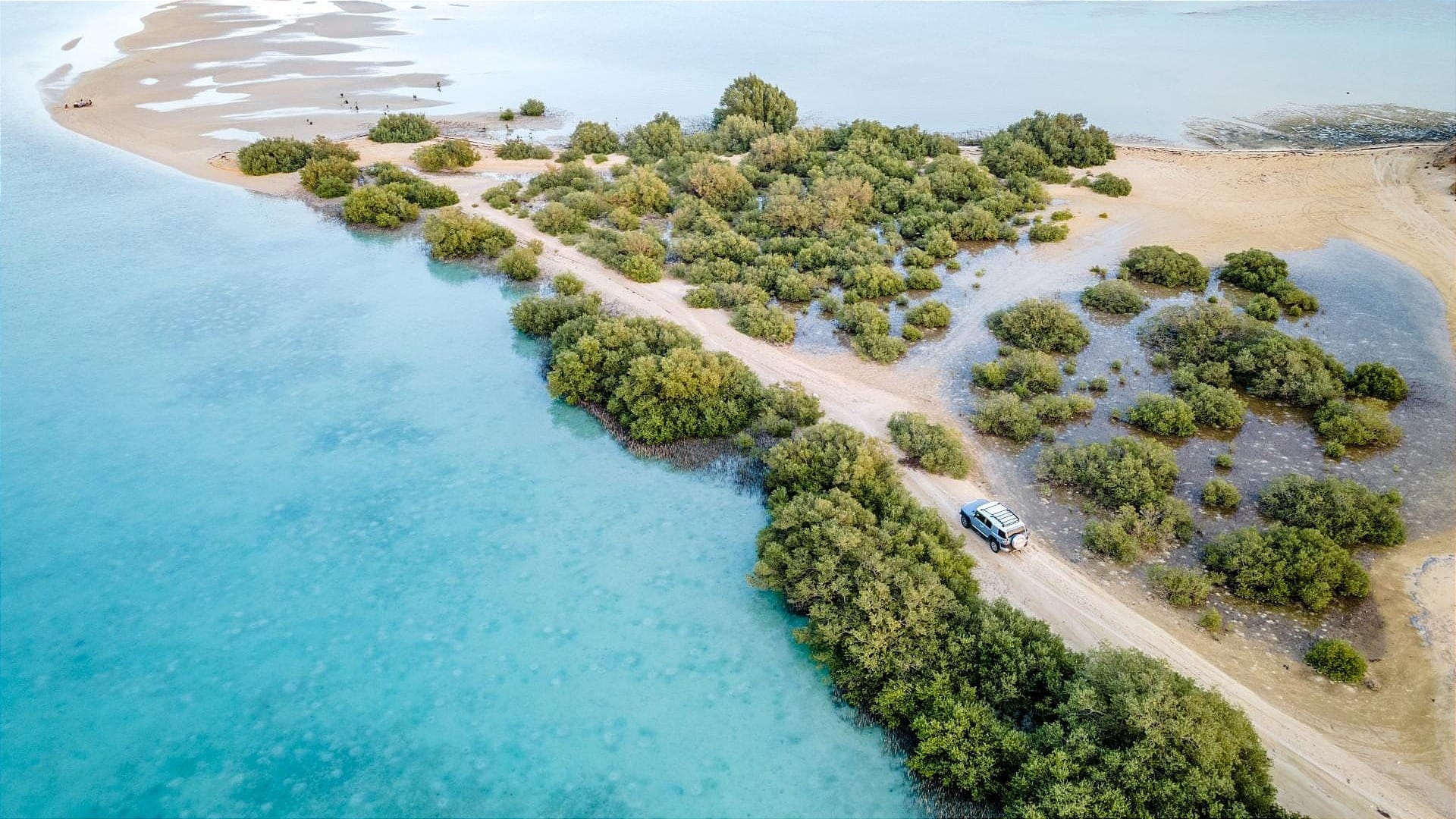When you think of Saudi Arabia, a tropical island may not be the first thing that comes to mind, but it should be. Located just 40 kilometers off the southern coast near the city of Jazan, Farasan Island is a hidden archipelago in the Red Sea filled with vibrant coral reefs, rare mangrove forests, dolphins, untouched beaches, and centuries-old heritage sites. Part of the Farasan Marine Protected Area, this island group is closer to Yemen than to Riyadh, and it feels like a different world entirely. Wild, remote, and unexpectedly lush.
Whether you're in Saudi Arabia for a weekend trip, an expat escape, or deep cultural exploration, this guide will help you travel Farasan like a local and uncover 10 unforgettable experiences you might not expect.
How to Get to Farasan Island
The only way to reach Farasan Island is via free public ferry from Jazan Port, operated by the Saudi government. The ferry crosses the Red Sea twice a day and takes about one hour each way.
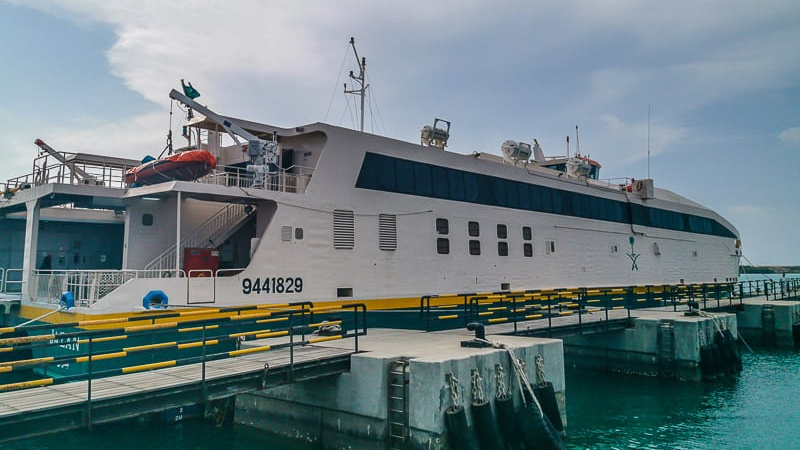
Farasan Ferry Timings:
- Jazan to Farasan: 7:00 AM & 11:00 AM daily
- Farasan to Jazan: 3:30 PM daily
➝ Be at the terminal by 4:00–5:00 AM for the 7:00 AM ferry (early check-in and airport-style security)
➝ Arrive at least 2 hours early if you're bringing a car on the ferry
➝ Visit the port office a day in advance to register and get your tickets (bring your passport or iqama)
➝ Online booking is available and recommended to secure your spot
Where to Get Tickets:
Search on Google Maps for “Farasan Island Ticket Center Jazan” to find the port office.
Cars and Rentals:
- You can bring your own car, but you must book several days in advance.
- Car rental is available on the island (approx. 110 SAR/day). An international driving license is required.
Day Trip or Overnight?
You can do Farasan in a day trip, but staying overnight is highly recommended. The island has hotels, restaurants, beaches, and historical landmarks worth slowing down for.
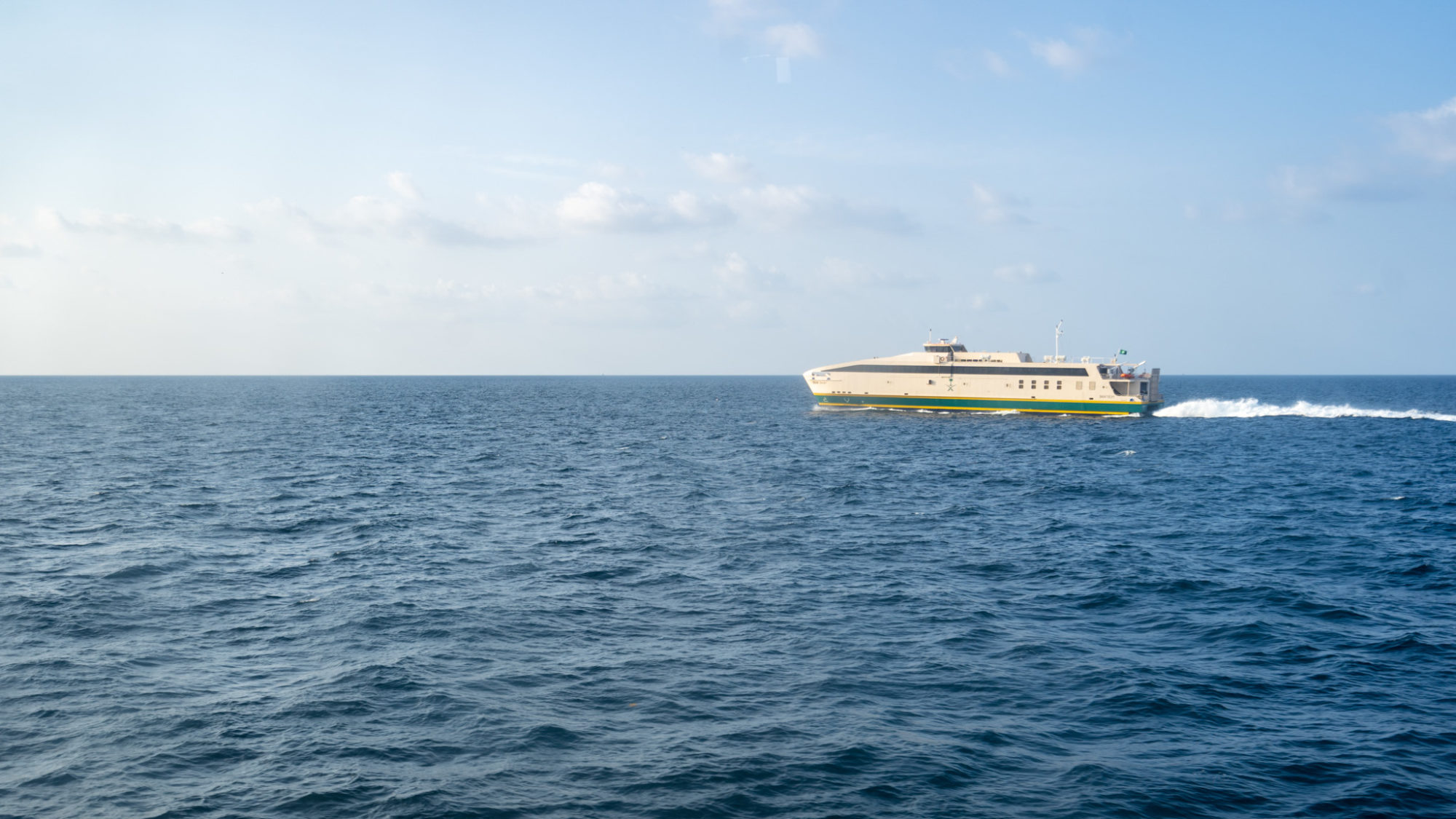
Getting Around the Island
Public transport is limited, so plan in advance:
- Local minivans: From the ferry to the town (10 SAR)
- Shared taxis: Common and affordable
- Car rental: Convenient and cost-effective for exploring the full island
- Walking? Not too practical. Distances are long, and heat is intense

Where to Stay on Farasan
There are several hotels to choose from, catering to different budgets such as:
Prices start around SAR 250/night, depending on the season and demand. If you’re traveling in a group, it’s much more economical. You can book accommodation through platforms like Booking.com or Almosafer. Just search for hotels in Farasan Island or Jazan and filter by proximity.
When to Visit (And What to Expect)
Farasan is located in one of the hottest regions of Saudi Arabia:
- Best time to visit: November to March
- Average winter temp: 30–35°C
- Summer: Exceeds 40°C with high humidity
Even in winter, pack sunscreen, a hat, and plenty of water.
10 Things You Didn’t Know You Could Do on Farasan Island
1. Follow Seabirds to Find Dolphins
Local fishermen will tell you: if you follow the seabirds, you’ll find dolphins. These birds hover over sardine schools, which in turn attract pods of dolphins that leap and play near boats. It’s like watching a live documentary.

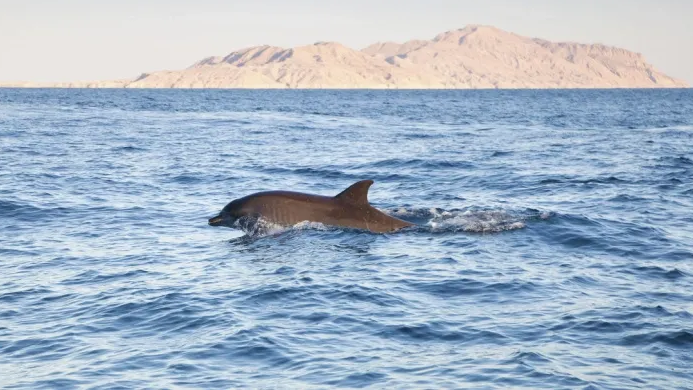
2. Swim in Bath-Warm Waters
Farasan’s beaches feel like a natural spa. The Red Sea here is warm, gentle, and incredibly clear. The main beach near Farasan Town has basic facilities, but plenty of smaller, untouched coves are waiting to be discovered. Just ask a local!
Must-see Beaches
Al Ghadeer Beach
One of the most popular beaches near Farasan Town. It offers soft sand, calm waters, and easy access. Great for families and first-time visitors.
Al Ahsas Beach
A quieter, more remote beach known for its clear waters and peaceful vibe. Perfect if you're looking to escape the crowds and swim in solitude.
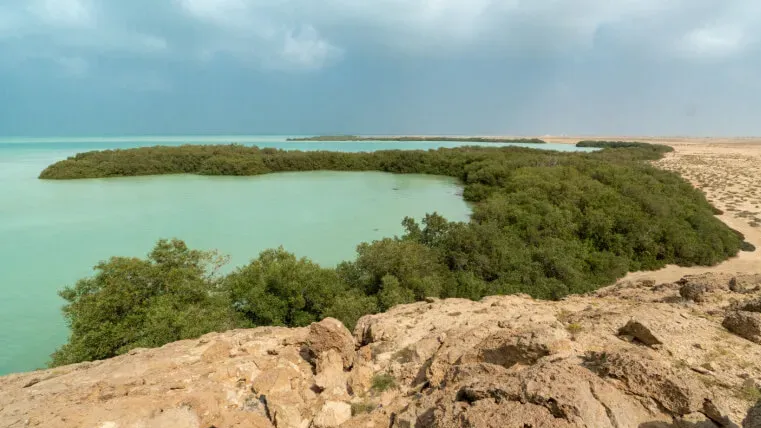

3. Snorkel in Vibrant Coral Reefs
Bring your snorkeling gear and explore the colorful underwater world filled with coral gardens, small fish, and occasional sea turtles. The visibility is excellent, and there are plenty of quiet spots ideal for swimming and snorkeling.
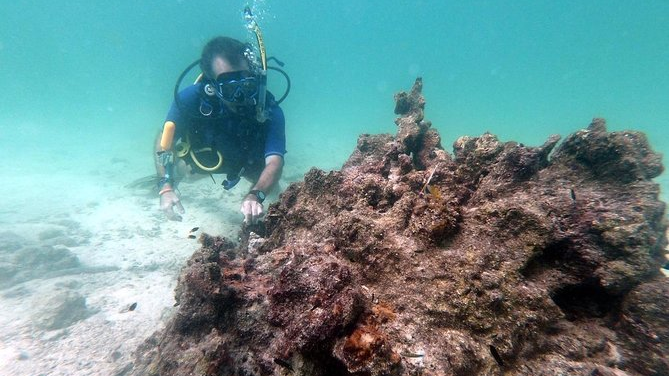
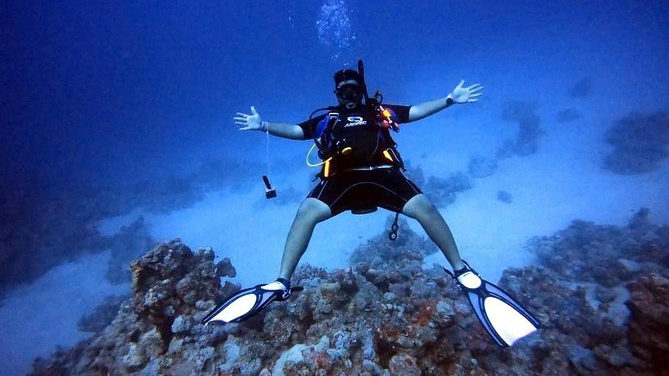
4. Walk Through a Rare Mangrove Forest
Al-Qandal Forest is home to the rare Avicennia marina mangrove species (locally known as Al-Jandal). It absorbs more CO₂ than any other tree type, supports over 75% of marine life, and offers a magical, shaded walk through nature.
5. Visit the Qassar Heritage Village
Step into history at Al Qassar Village, the oldest structure on Farasan Island. Once a pearl merchant settlement, it features coral-stone buildings, palm groves, and winding paths, perfect for a reflective walk and Instagram-worthy shots.
6. Explore the Famous Maadi Bridge
Visit the Maadi Bridge, one of Farasan Island’s most iconic structures. Originally built to connect the island to nearby fishing and merchant areas, it now stands as a beautiful reminder of Farasan’s maritime heritage, perfect for photos during sunset or a quiet stroll over the water.
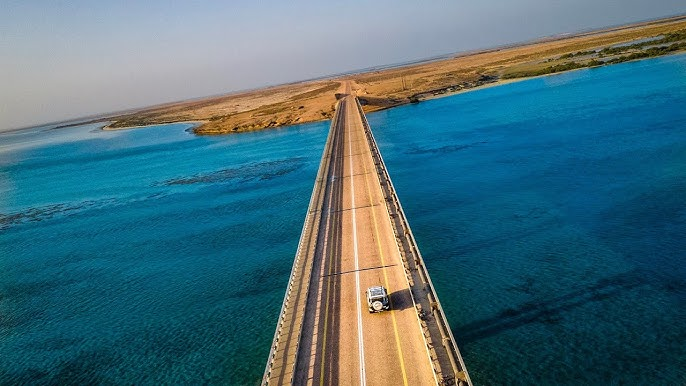

7. Visit the Ottoman Castle
Step back in time at the Ottoman Castle, one of the island’s oldest archaeological landmarks. Located on a small hill with sweeping views of the coast, this historic fort tells the story of Farasan’s role in Red Sea trade routes and Ottoman-era defense. Bring your camera and take in the view!
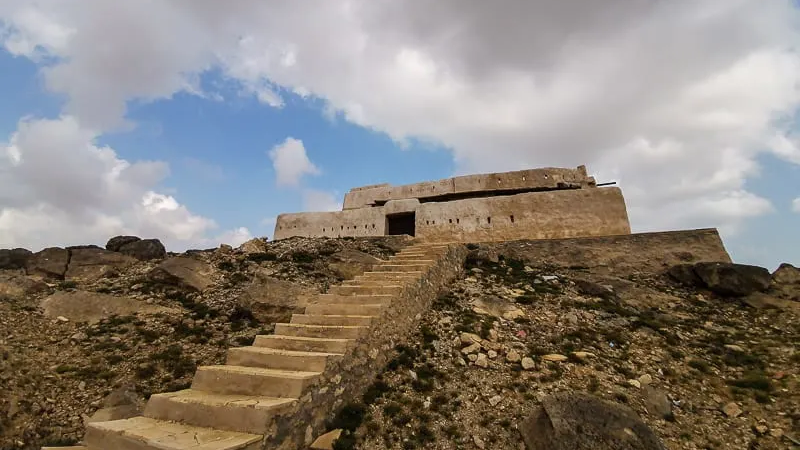
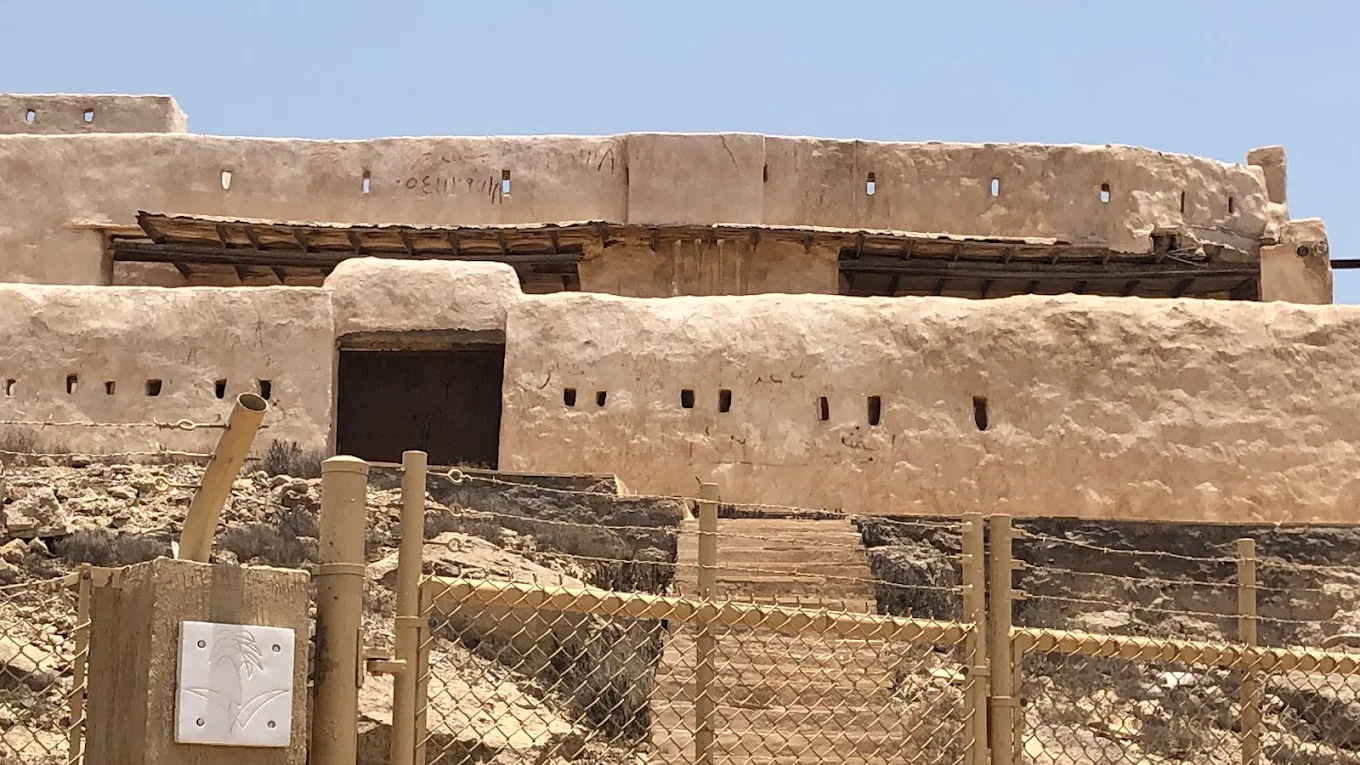
8. Talk to Locals at the Fish Market
Farasan Town’s central fish market is more than just a place to buy seafood, it’s a slice of daily island life. Arrive in the early morning to see local fishermen unloading the day’s catch, fresh from the surrounding Red Sea.
You’ll find an impressive variety of fish, including:
- Hamour (grouper) — prized for its firm texture, often grilled or cooked in clay ovens
- Shaour (emperor fish) — flaky, flavorful, and often pan-fried or baked whole
- Safi — a local favorite, usually salted and grilled
- Zubaidi (silver pomfret) — mildly sweet, often used in kabsa-style rice dishes
- Kingfish and mackerel — ideal for stews or charcoal grilling
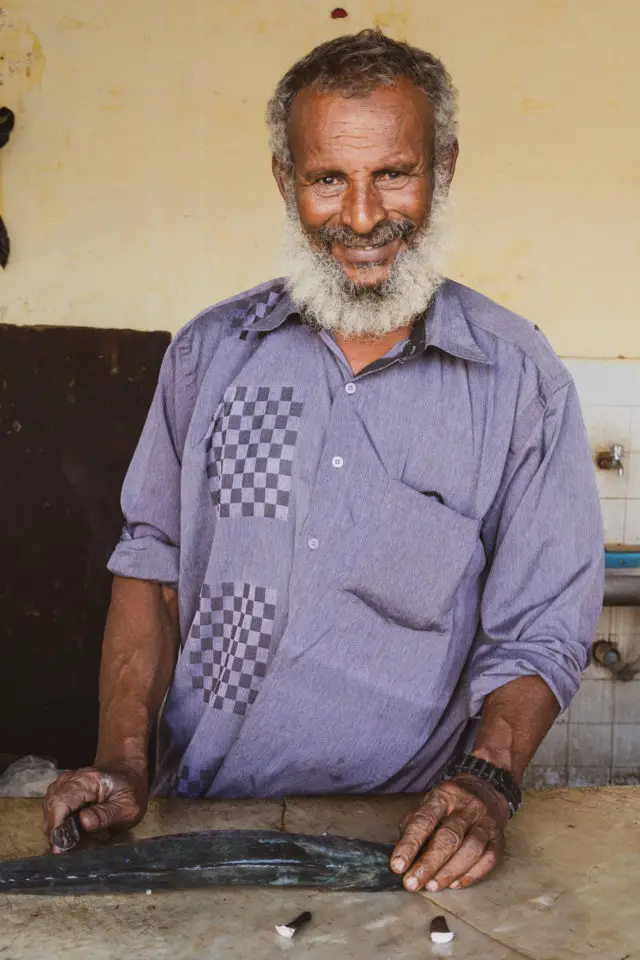
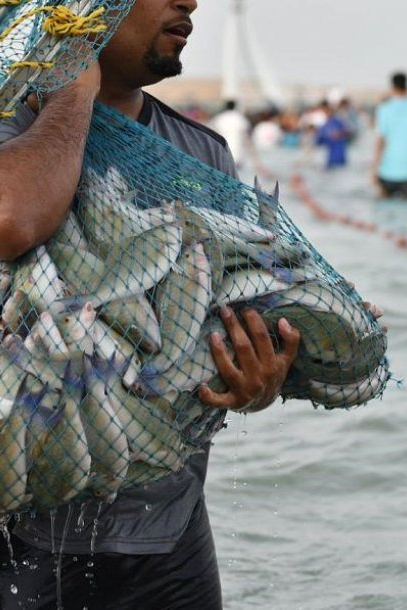
9. Cook Your Catch Island Style
One of the most unique experiences: dig a pit in the sand, build a fire, and cook your fish in a covered pot, the Farasani way. You’ll find locals doing this on the beach or during picnics. Ask around, they might even invite you to join!
10. Visit the Historic Garmel House (Beit al-Jarmel)
Tucked away on Qamah Island, just off the coast of Farasan, you’ll find the ruins of Garmel House, also known locally as Beit al-Jarmel or Beit al-Jirman. This intriguing stone structure is believed to have once served as a warehouse used by German sailors or soldiers navigating the Red Sea.
According to local stories, it was used to store charcoal, which fueled ships passing between the Suez Canal and Bab al-Mandab, the strategic gateway linking the Red Sea to the Arabian Sea. Though the building now stands in quiet decay, it remains a fascinating window into Farasan’s forgotten maritime history.
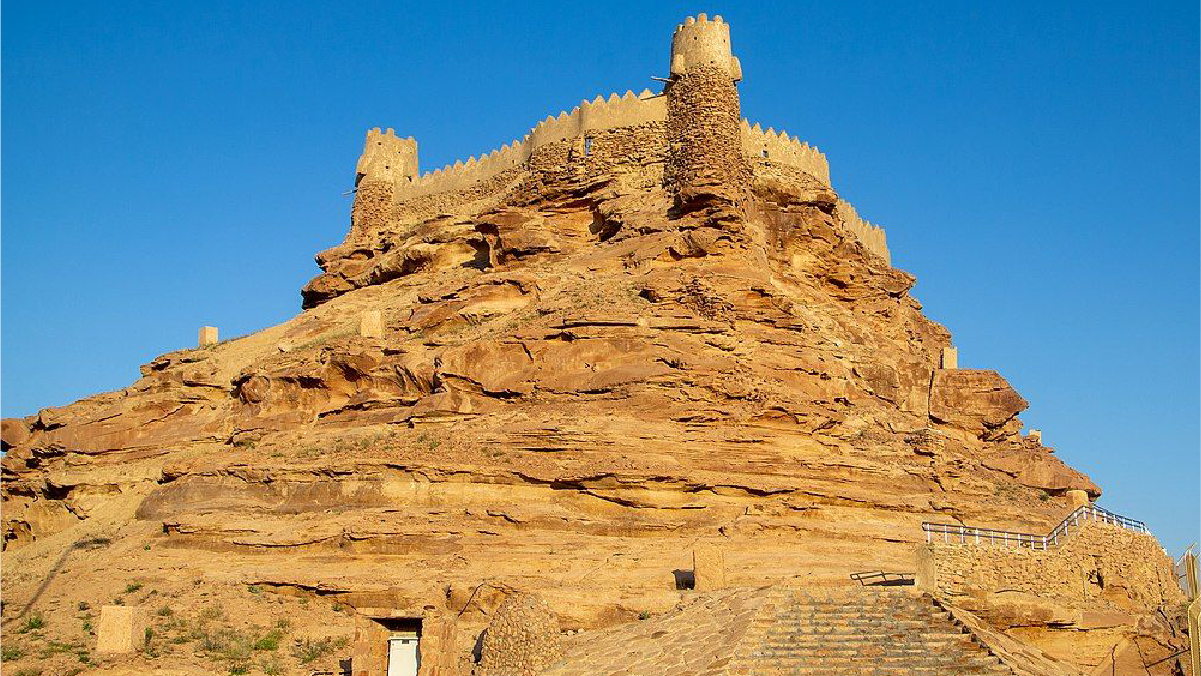
Bonus Spot for Farasan Travelers
Beit Al Refai: A Coral Stone Legacy
Once home to a prominent pearl merchant, Beit Al Refai stands as one of Farasan’s finest examples of Red Sea architecture. Built from coral stone with carved wooden doors and intricate details, the house reflects the island’s merchant past and its ties to regional trade. Today, it remains a preserved symbol of Farasan’s cultural and economic history.
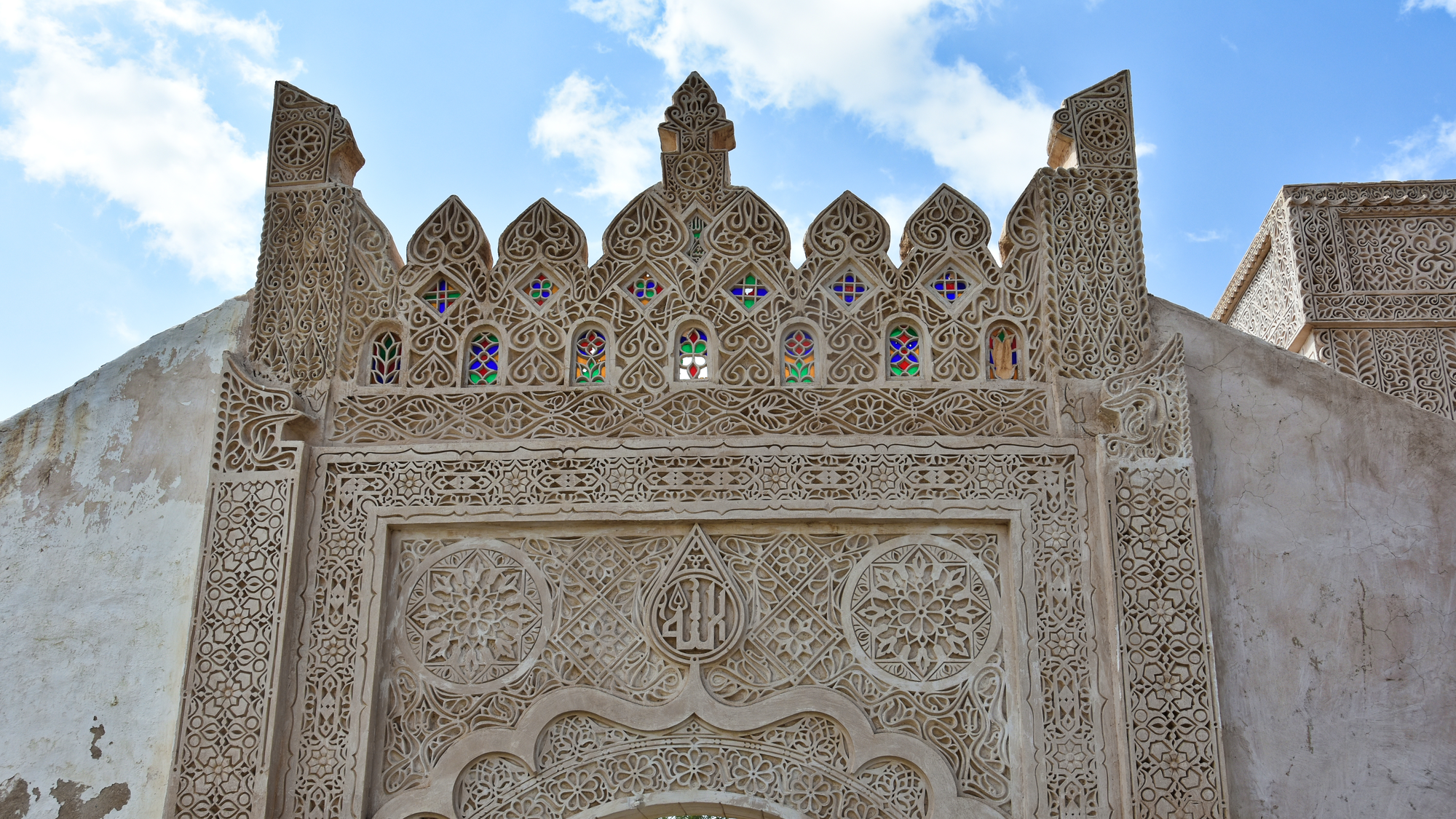
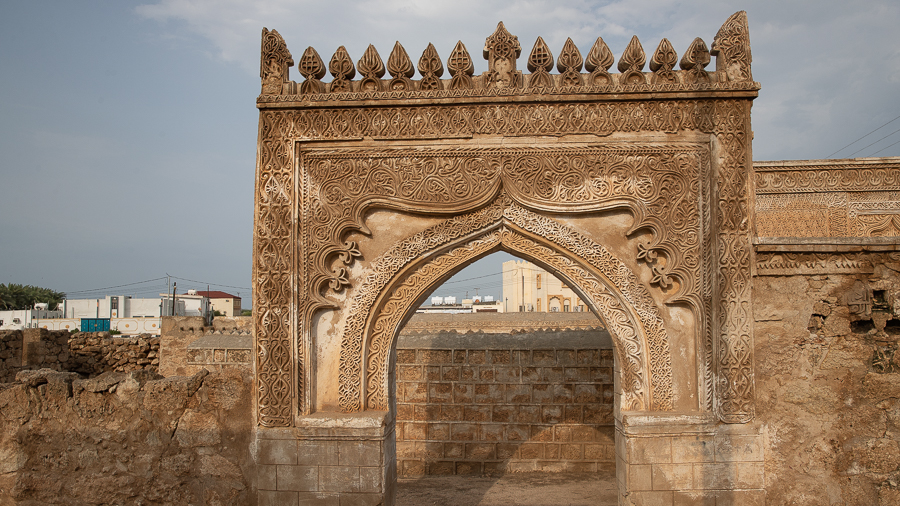
Tips for Farasan Travelers
- Bring strong sunscreen, reapply often
- Stay hydrated, it's hotter than it feels
- For day trips, pack light (snorkel gear, snacks, water)
- Don’t touch marine life or coral
- Bring a trash bag and leave the island cleaner than you found it
Farasan Island Is a Treasure Worth Protecting
Farasan Island is a living, breathing ecosystem, one of Saudi Arabia’s richest natural wonders. From coral nurseries to ancient forts, dolphin pods to mangrove forests, this island offers beauty if you explore respectfully. Whether you’re snorkeling through crystal-clear waters, wandering heritage villages, or simply soaking in the silence of an untouched beach, let your visit be part of something bigger.
Travel gently. Leave no trace. And help keep Farasan just as magical for the next traveler who arrives with wide eyes and an open heart.
For more untold stories, hidden gems, and real adventures across the Kingdom, subscribe to Roam Saudi and never miss a journey.
